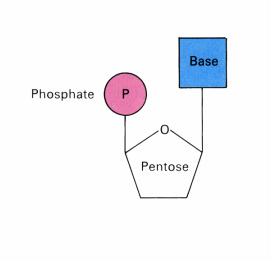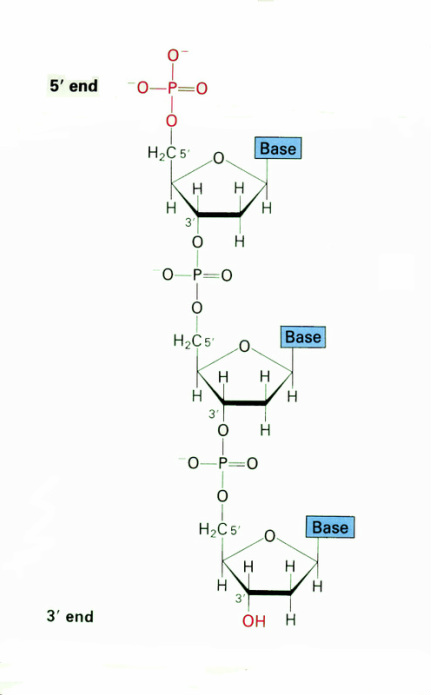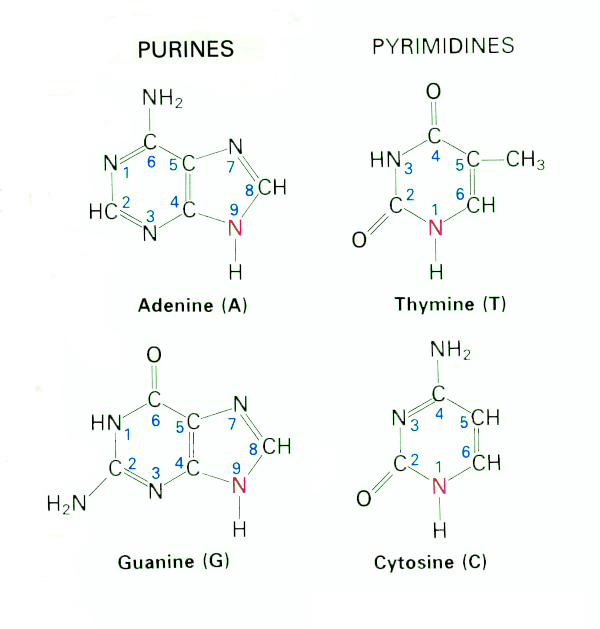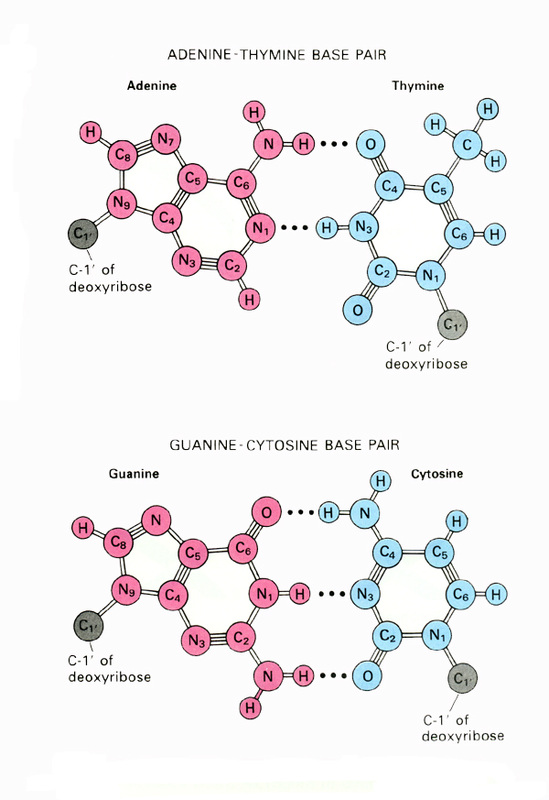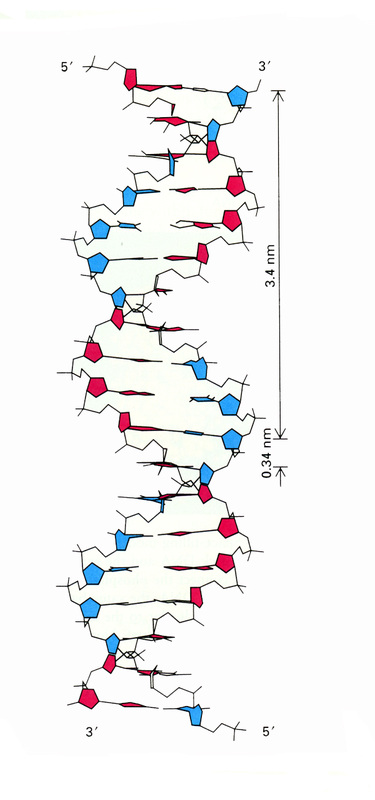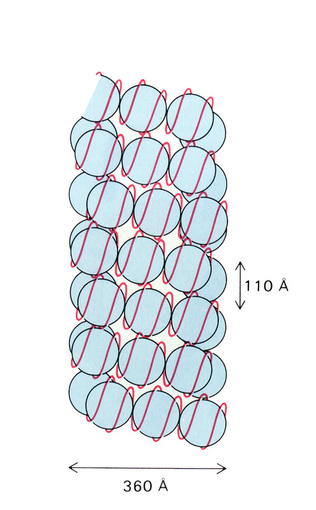Basics of DNA
With the possible exception of computers, no other field of technology has advanced as quickly in as short a time as that of the analysis of deoxyribonucleic acid (DNA). While areas of medical research have also made great strides in the past two decades, it is the field of forensic science that has made quantum leaps from the discoveries of this period. In order to understand how the present state of the technology works, it is necessary to understand the principles of the past upon which it is built. Only when both aspects are understood does it become possible to see where the future is heading.
Although outside of the boundaries of this paper, it is not possible to understand forensic DNA analysis without understanding DNA itself. Thus, this paper will provide the reader with a very basic understanding of this miraculous molecule but a stronger and more accurate grasp of the material should be sought in textbooks on the subject. To understand DNA is to understand life itself.
Although outside of the boundaries of this paper, it is not possible to understand forensic DNA analysis without understanding DNA itself. Thus, this paper will provide the reader with a very basic understanding of this miraculous molecule but a stronger and more accurate grasp of the material should be sought in textbooks on the subject. To understand DNA is to understand life itself.
Introduction
Life on earth is spread across a huge spectrum of diversity and complexity. From the simplest to the most advanced, however, the basic unit of life is the cell.
Like a city, a cell possesses components dedicated to carrying out special functions critical to existence. Even a more advanced life form (such as an organism, which is not much more than an organized group of cells) follows this same paradigm. Whether the organism is unicellular or multicellular, orchestrating all of these functions is a single molecule known as deoxyribonucleic acid, or DNA.
Like a city, a cell possesses components dedicated to carrying out special functions critical to existence. Even a more advanced life form (such as an organism, which is not much more than an organized group of cells) follows this same paradigm. Whether the organism is unicellular or multicellular, orchestrating all of these functions is a single molecule known as deoxyribonucleic acid, or DNA.
The Structure of DNA
DNA is complex in its overall superstructure but remarkably simple in its design. Its basic structure, once shrouded in mystery, was elucidated in 1953 by the now-legendary work of James D. Watson and Francis H.C. Crick and has made the double helical structure of DNA as familiar today as Mickey Mouse. Just as a house is made of numerous but identical bricks, DNA is made of singular, repeating units called nucleotides. In DNA, however, there are four different types of “bricks” but they all share the same general structure:
The phosphate group and deoxyribose sugar of the nucleotide are mostly responsible for the structure of the DNA molecule, forming what is usually called the “backbone” of the DNA strand. These two components will link in an alternating fashion the same way that the cars of a train are interspersed by coupling mechanisms:
Attached to the deoxyribose sugar is a nitrogen base and here is where DNA’s remarkable encoding power lies. It is not the structure of DNA, but rather the sequence of the nitrogen bases that determines the difference between an amoeba and a zebra. There are four kinds of nitrogen bases used in DNA, which can be divided into two groups, purines and pyrimidines:
By itself, such a strand of linked nucleotides would be relatively fragile. Fortunately, this is only half of the story (literally). A complementary strand, a mirror to the other, creates a structure resembling a ladder. Where the deoxyribose sugars and phosphate groups are the uprights, the two nitrogen bases bond to form the rungs. A purine pairs with a pyrimidine in a very dedicated way; only adenine will bind with thymine and only guanine will bind with cytosine:
Taken all together and then twisted about a central axis, the familiar spiral staircase takes form:
In a more simplified diagram, the nitrogen bases can be substituted with single-letter designations:
Here, we begin to see another of DNA’s secrets: just as one strand (say, the one on the left) bears a given sequence, the opposite strand bears an anti-sequence, or a sequence that is complementary to the first; identical, but opposite to the original. This simple little fact is the key to life on earth.
It should now be clear that DNA is very, very long but not that wide at all, very much like thread. Just as thread needs a spool to keep it organized, DNA wraps around special, spherically-shaped proteins called histones:
It should now be clear that DNA is very, very long but not that wide at all, very much like thread. Just as thread needs a spool to keep it organized, DNA wraps around special, spherically-shaped proteins called histones:
If you think about it, a cell is a lot like an audio cassette: When intact, it works, but when you crack one open, everything comes spilling out:
The songs are still encoded onto the tape, the same way that your eye color is encoded into your DNA.
